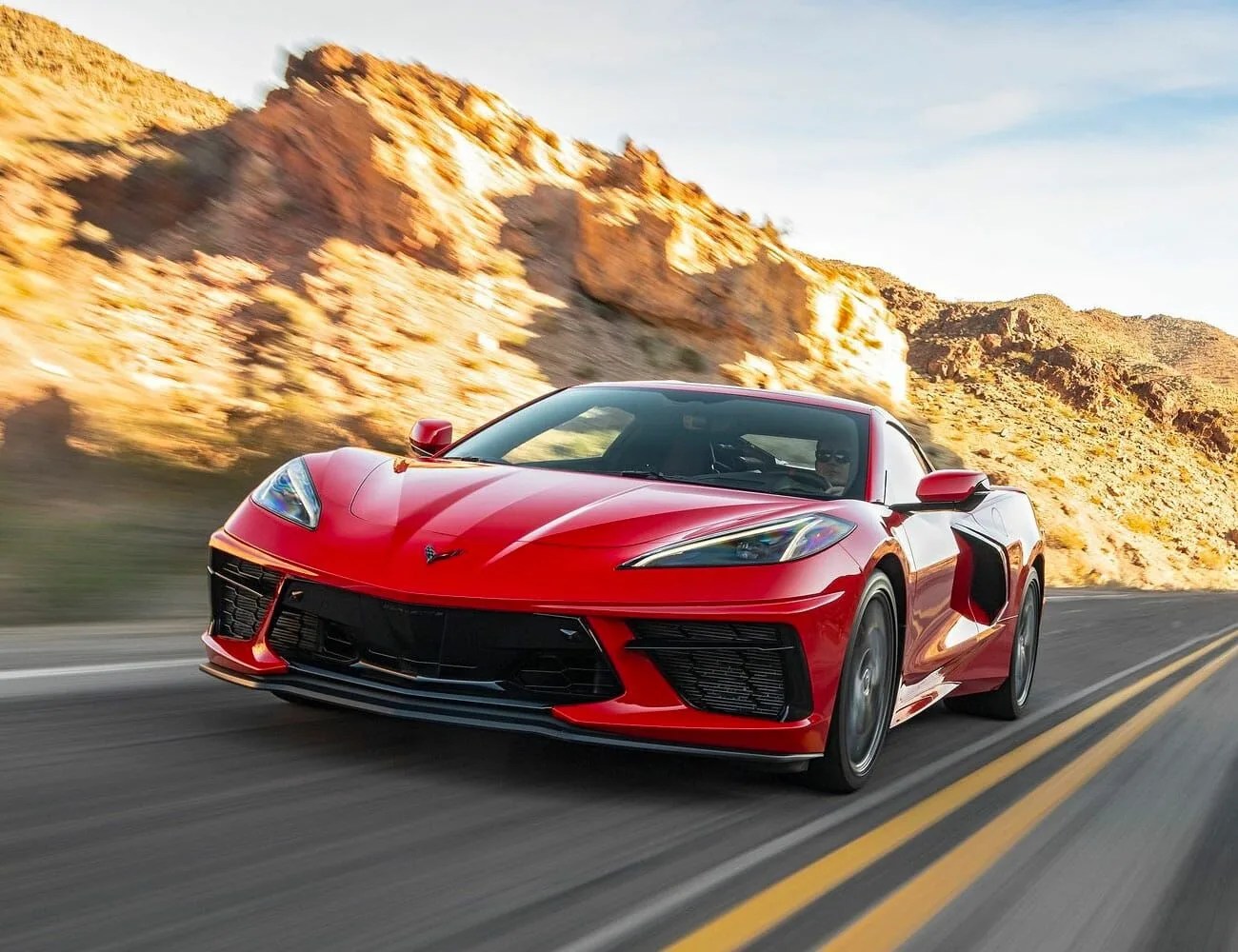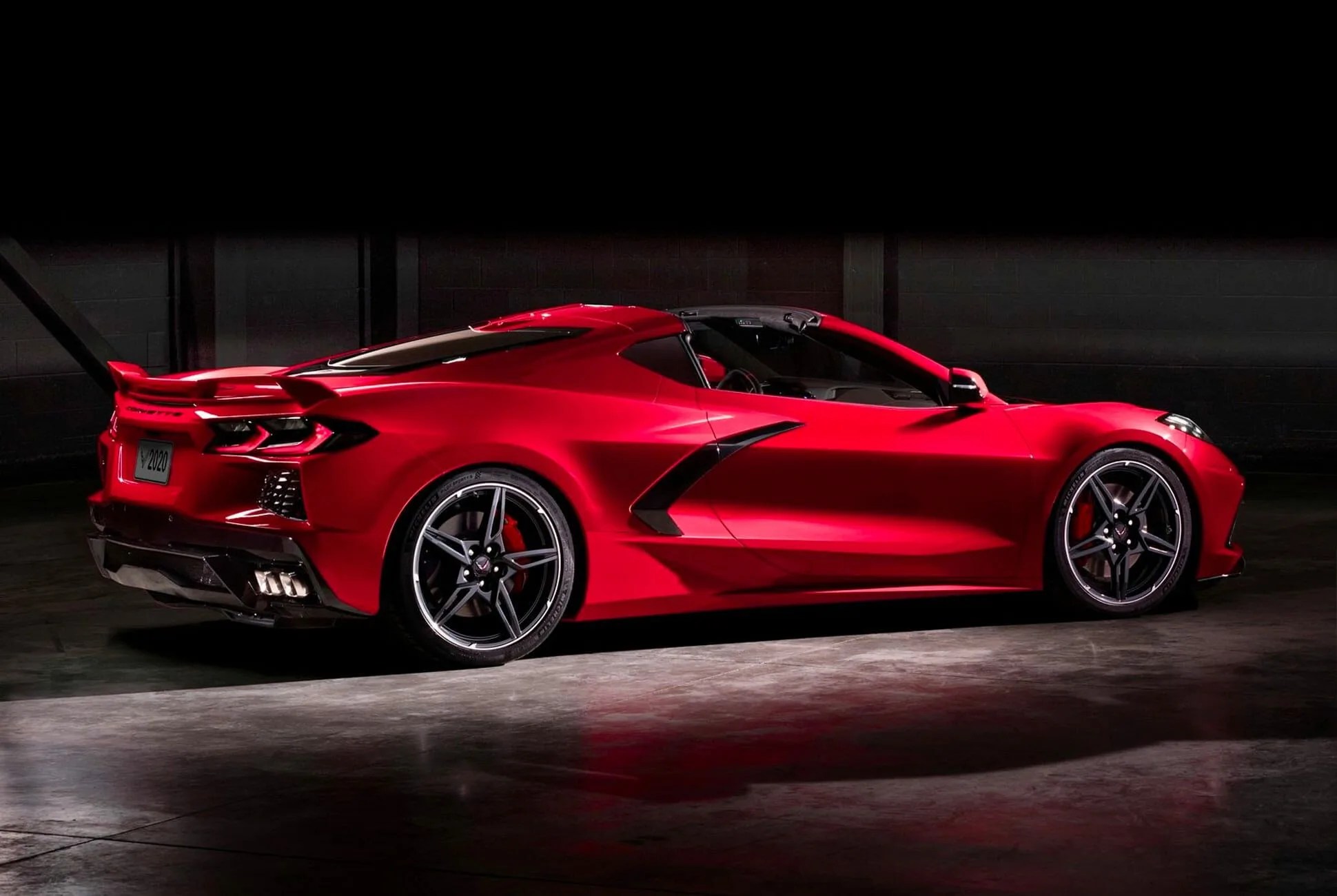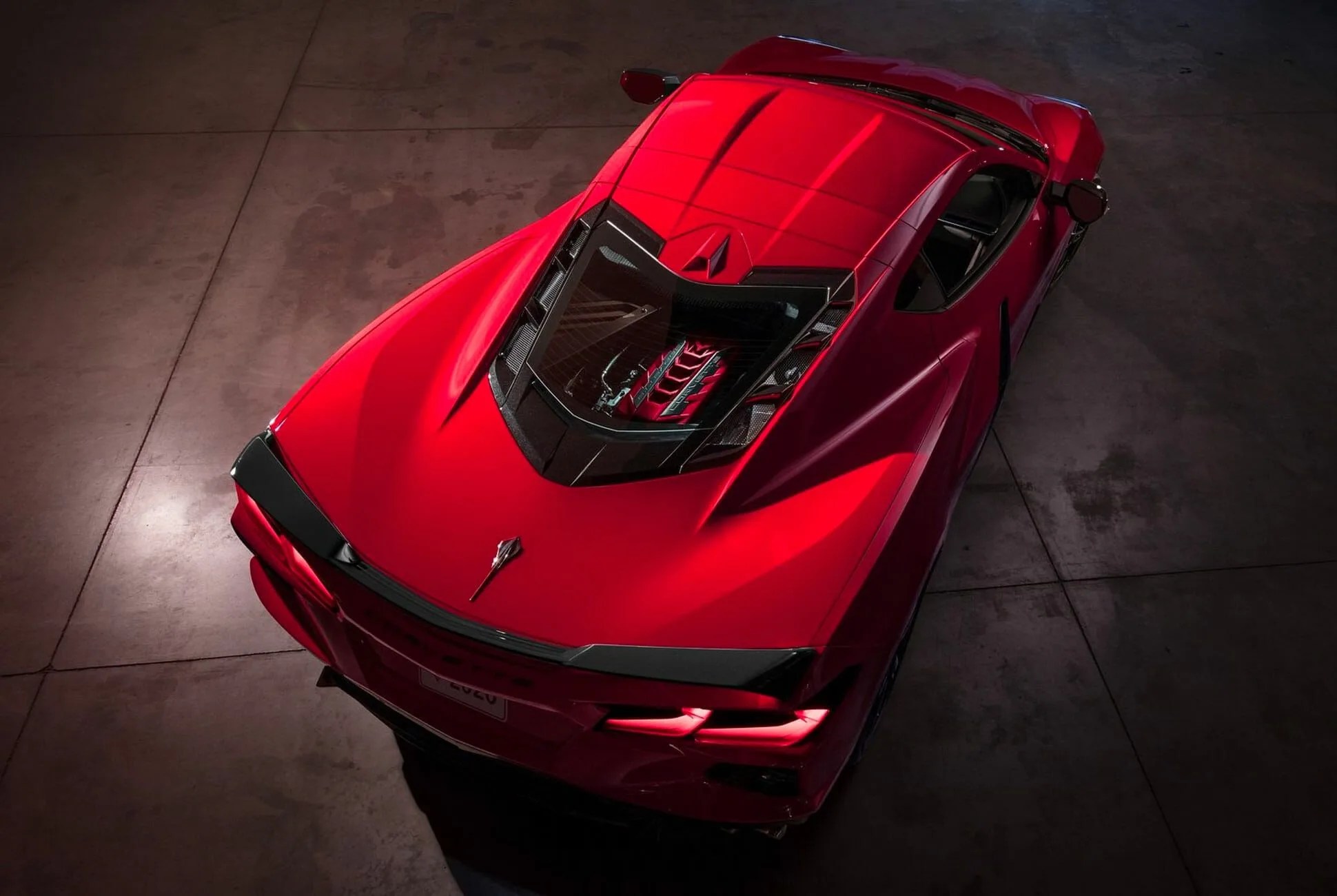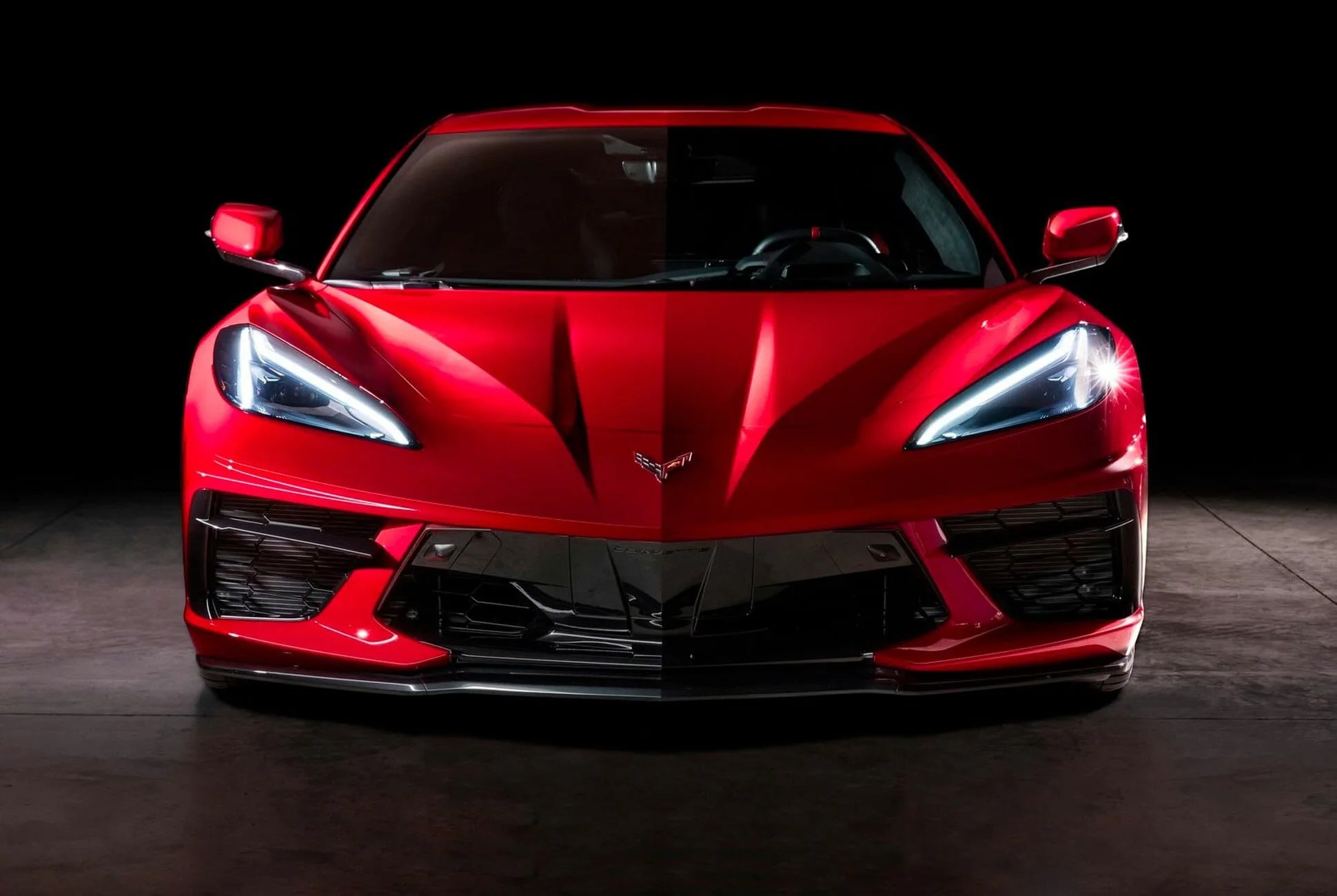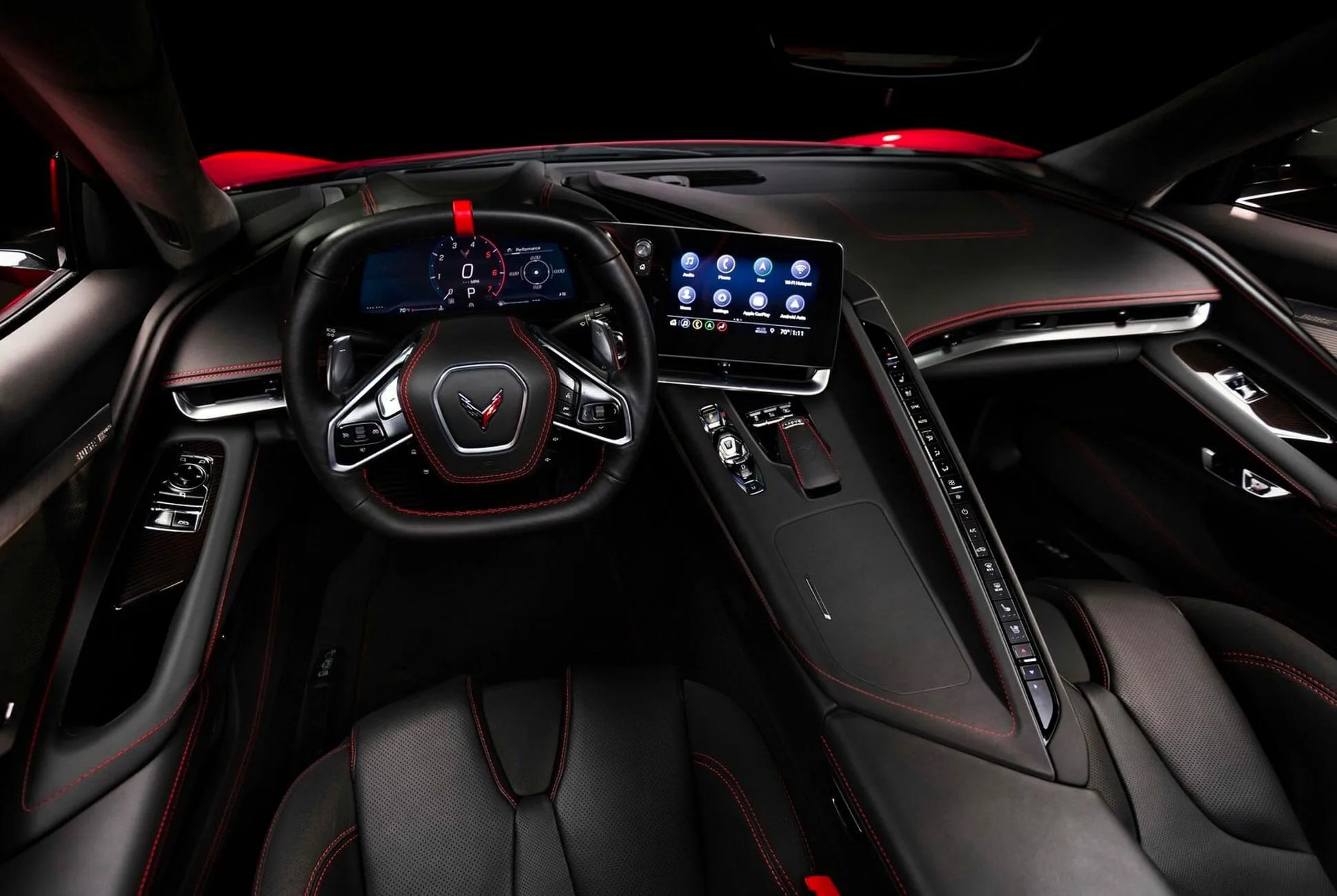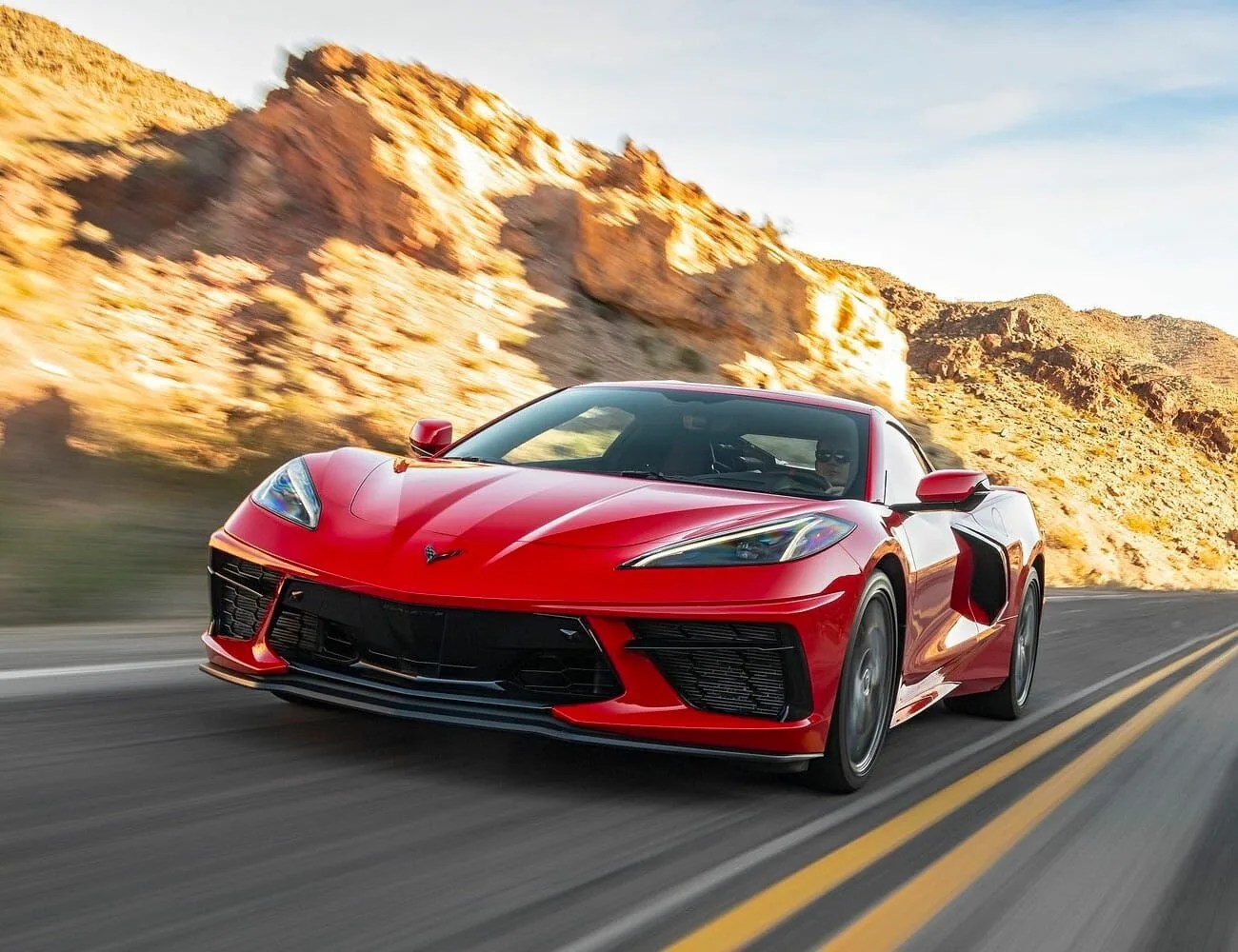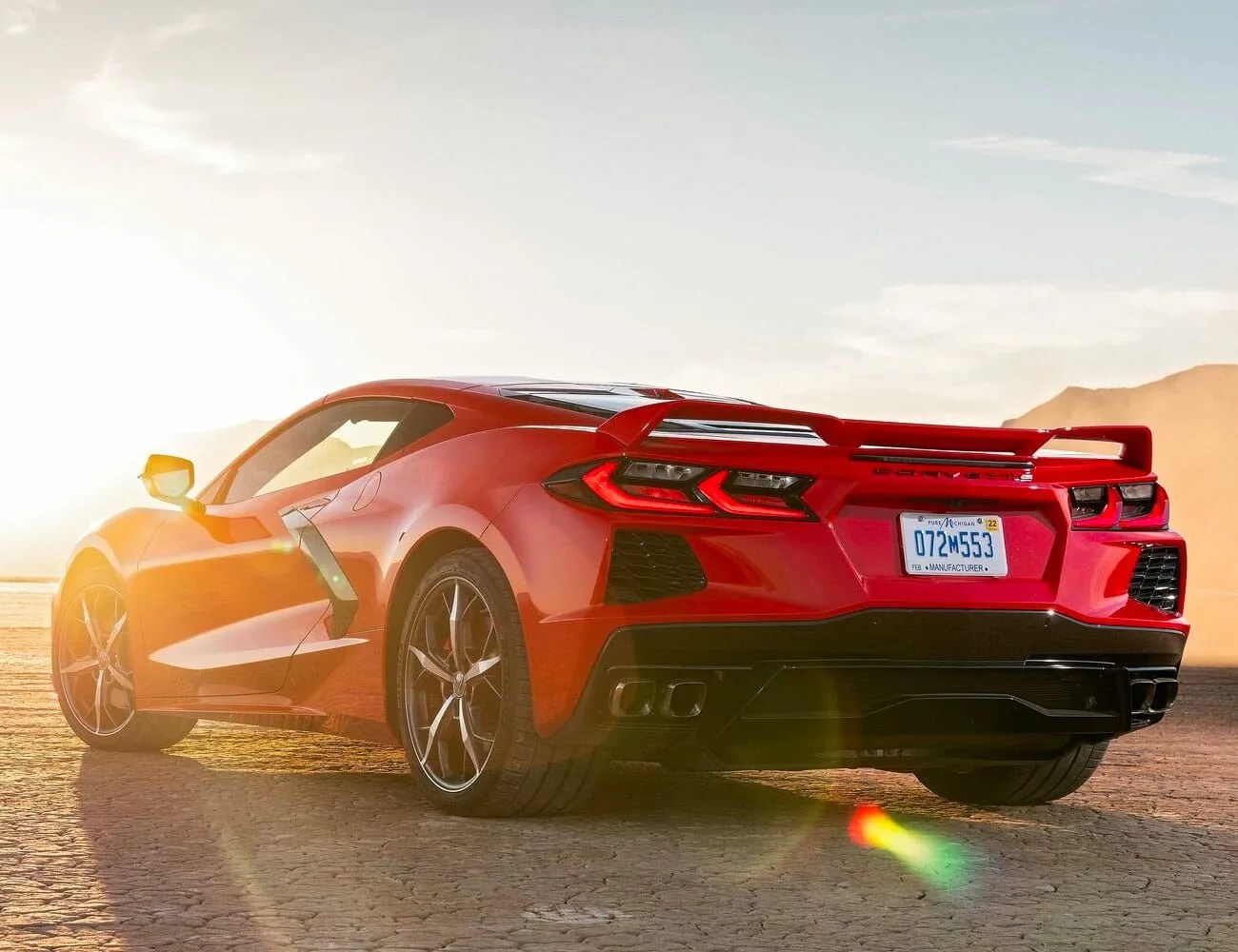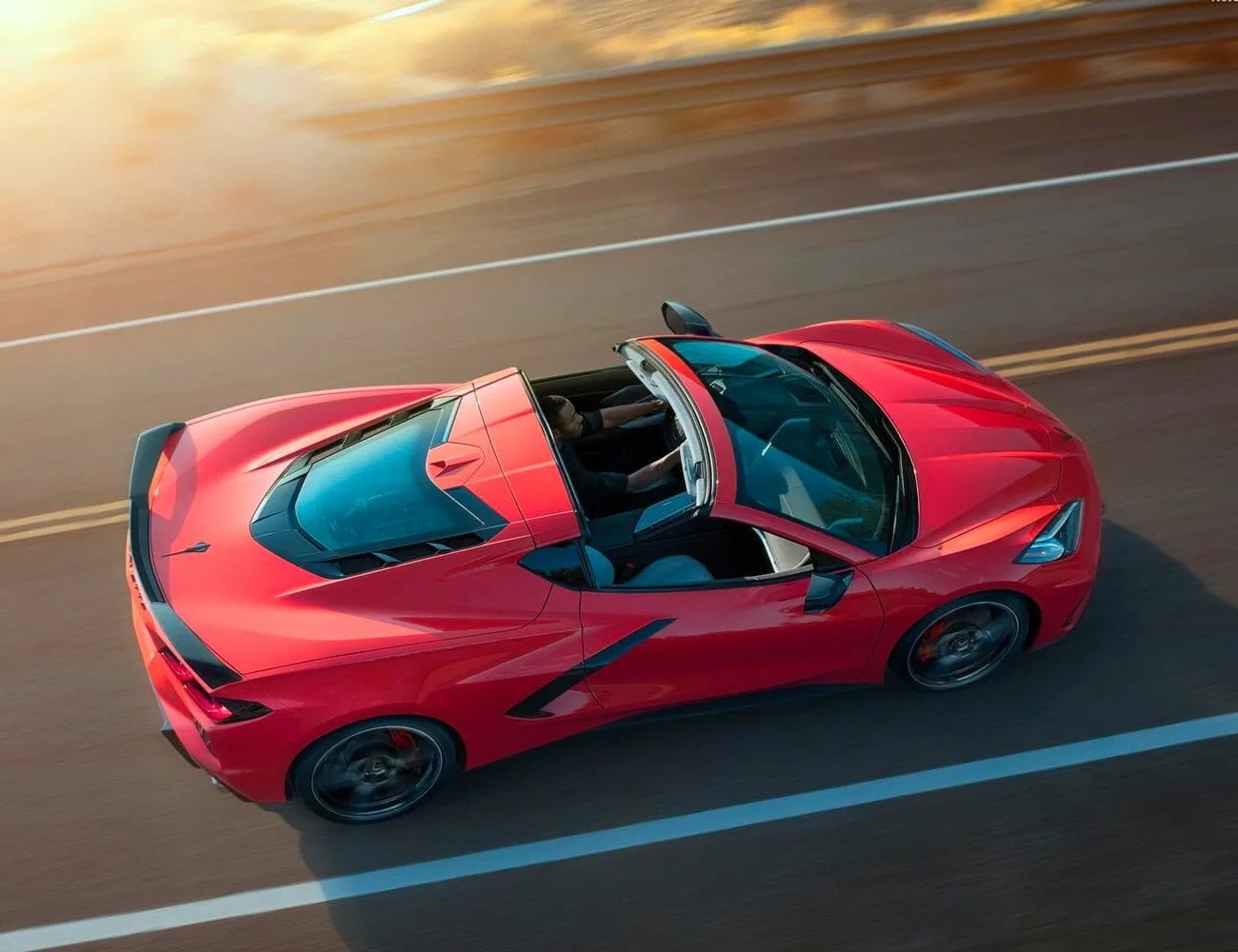7 photos
Brand: Chevrolet
Product: Corvette Stingray
Release Date: February 2020
Price: $58,900+
From: chevrolet
There’s never been a new Corvette like this one.
Actually, there’s never really been an automotive transition like this one. The Corvette is, undoubtably, among the most iconic brands in the car world, right up there with 911 and Jeep and Bronco and Mustang. Yet while all these icons have shifted and changed over time, none have every made a change so drastic as to move the engine from in front of the driver and passenger to behind them.
Yet it’s a change that’s been a long time coming for the ‘Vette. The car’s first chief engineer, Zora Arkus-Duntov, dreamed of shoving the engine between seats and rear axle from the early days of the car 60 years ago; since then, it’s been somewhere between a pipe dream and just-around-the-corner goal, subject of endless Area 51-esque rumors and top-secret discussions. General Motors actually considered making the switch for the seventh-generation car, but the financial crisis of 2008 and GM’s subsequent bankruptcy and bailout torpedoed those pricey plans, forcing the company to stick with the front-engined, rear-drive layout that’d defined the Corvette since 1953.
Still, the dream never died. In fact, the C7 ‘Vette had only been on sale for a year when its maker commissioned the first mid-engined C8 test mule — an amalgam of parts (including a repurposed Porsche dual-clutch gearbox) wrapped up in crude bodywork with the front end of a Holden Commodore, in order to make it look a little like one of the Australian brand’s El Camino-like utes. It was so secret, only one — dubbed “Blackjack” — was ever made, and only a handful of people within GM knew what it was. The engineers whipped up a special cover for it that could be tossed on in seconds, should, say, a passing helicopter try and catch a glimpse of it. (Which, in fact, happened.)
Yet even in spite of more than half a century of precedent for the idea of a mid-engined Corvette, it still came as something of a shock when it became clear in 2018 that GM was pulling the trigger on the idea. Some people assumed that it would be a Cadillac halo car, not a Chevy; some people assumed it would be a terrible idea, because it would certainly be priced to compete against similarly-powerful mid-engined sports cars like the Audi R8 and McLaren 570S; still others assumed the C7 would continue being sold as a base model alongside an exotic-baiting mid-engined range topper. (Admittedly, your humble author fell into that camp.)
